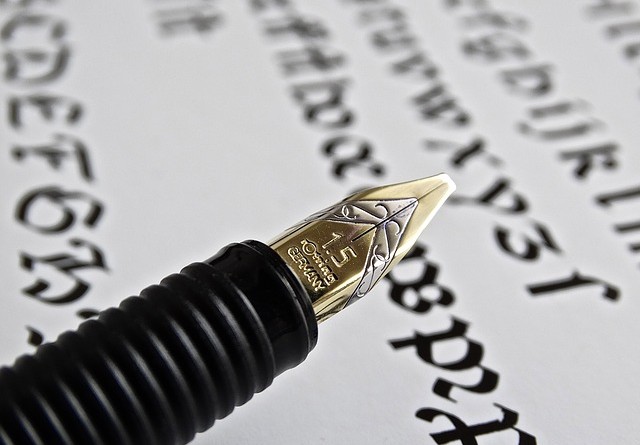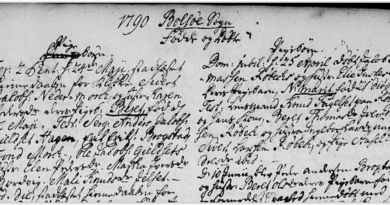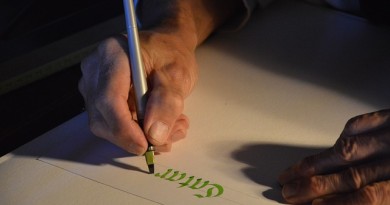The Gothic letters “i” and “j”
When trying to read Gothic handwriting or a printed text accurately transcribed, the letters i and j may sometimes cause a little confusion.Reading Gothic handwriting can be a challenge for many, -myself included. In an attempt to get better at this I shared a “study” I did in Gothic handwriting. You might want to have a look at these 5 articles starting at https://martinroe.com/blog/index.php/2016/02/02/gothic-handwriting/
You might also want to familiarize you with the Norwegian Languages. I have tried to give a little introduction in the article found here.
In this short article I want to look at a problem that was illustrated by a question on a genealogy group I belong to. The problem is simple: Up until the first part of the 1700’s the letters i and j were used interchangeably (Tretvik 1993:11). Even though Tretvik mentions “the first part of the 1700’s” I have seen it occure in a large part of the 1700’s.
Most often the letter j was exchanged for the letter i. This happens when the letter appear in front of a vowel.
We can look at some words frequently appearing in the 1701 Census (manntall):
The exchange takes place after a single consonant, in front of a vowel
- Tiener If you look up this word in a dictionary you will not find it. If you exchange the i for a j you get tjener and your dictionary will tell you it means servant
- Kiøbmand This is a Danish word. It will not appear in a Danish Dictionary. If you search for Kjøbmand you will learn that it means Merchant. The corresponding Norwegian word is Kjøpmann.
- Field Another Danish word. Following the same procedure we get the word Fjeld meaning mountain. The Norwegian word is Fjell.
- Giestgiver → Gjestgiver = Innkeeper
- Fiord → Fjord
- Ieg → Jeg = personal pronoun I
- Hiemme → Hjemme = At home
Also in place names this phenomenon appear.
- Skieberg If you follow my suggestions in “Find Norwegian place names”, and search the website “Se eiendom” you will not find the name. If you search for Skjeberg you get several hits.
- Skierstad → Skjerstad
- Kiøllefiord → Kjøllefjord
In person names it may appear like
- Biørn → Bjørn
- Giertrud → Gjertrud
Sometimes a j is used instead of an i in front of a consonant.
- Ejnar → Einar
- Ejlert → Eilert
- Ajna → Aina
 Sometimes a j is used instead of an i at the end of a name.
Sometimes a j is used instead of an i at the end of a name.
- Signj This looks strange, even to us Norwegians, but exchanging the j for an i, we get the name Signi, that is recognisable.
- Unnj → Unni
- Anthonj → Anthoni
- Rannej → Rannei
- Tollej → Tollei
- Synnj → Synni
There are a few words where you may think there has been a letter exchange e.g. Skien, Skiaker and Grieg. These are, however, written and read this way.
This is just a few examples of words with i and j exchange you may encounter. There is no set rules. If you have trouble finding a translation for a word containing i or j, you may try to look for a possible exchange.
A good dictionary is a must to help you with the Norwegian words. Haugens dictionary linked below is recommended by many genealogists.
Norwegian-English Dictionary: A Pronouncing and Translating Dictionary of Modern Norwegian (Bokmål and Nynorsk) with a Historical and Grammatical Introduction
by Einar Haugen
Sources:
Tretvik, Aud Mikkelsen: Gotisk skrift : lærebok med tekster fra 1485 til 1875. Trondheim : Tapir, 1993






Very helpful article, Martin. That has always been confusing to me. Thank you!